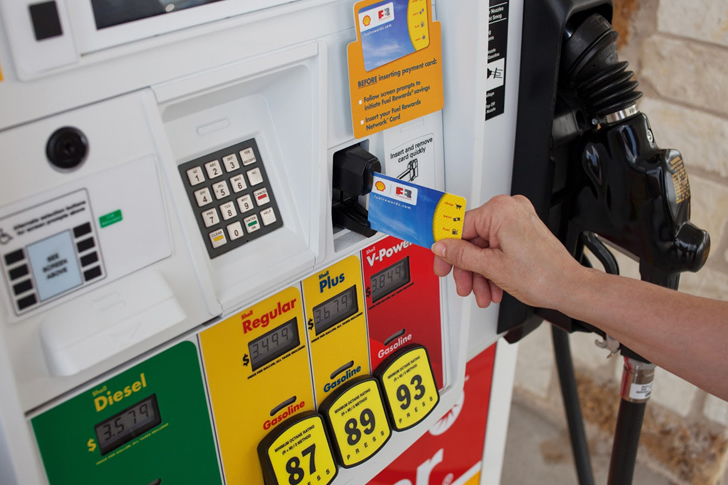Essential Tips for Getting Discounts with Gas Cards
Gas rebate cards, offered by credit card companies and gasoline retailers, are a popular tool for consumers looking to reduce fuel expenses. These cards offer valuable cash-back rewards, points, or discounts on gasoline purchases. This article explores effective strategies to maximize savings through gas rebate cards, providing insights into selecting the card and using it wisely.

Understanding Gas Rebate Cards
Gas rebate cards are specialized credit cards that offer incentives for purchasing gasoline. These incentives typically come in the form of cash back, points redeemable for future gas purchases, or direct discounts at the pump. Some cards are co-branded with specific gasoline retailers, while others are general credit cards with broader reward structures that include gas purchases.
Evaluating Your Gasoline Spending
To choose the right gas rebate card, first analyze your monthly gasoline spending. Look at your past fuel expenses to understand how much you spend and where you frequently purchase gas. This assessment helps determine which card will offer the most savings based on your spending patterns.
Types of Gas Rebate Cards
1. Branded Gas Station Cards: These cards are linked to specific gas station chains and often provide higher rebates when used at affiliated stations. They may also offer additional benefits like discounts on car washes or convenience store purchases.
2. General Rewards Credit Cards: Some general credit cards offer competitive cash-back rates on gasoline along with broader rewards categories. These cards are versatile and beneficial for users who want rewards not only on gas but also on other types of spending.
Comparing Card Offers
When evaluating gas rebate cards, consider the following factors:
Rebate Percentage: Cards vary in the rebate percentage they offer on gas purchases. Look for cards that provide the highest returns based on your spending habits.
Annual Fees: Some cards charge annual fees that could negate the savings from rebates unless you spend a significant amount on gas each year.
Additional Rewards: Consider whether the card offers additional perks such as bonuses for dining, travel, or grocery purchases.
Interest Rates: If you carry a balance, the interest cost can outweigh the benefits of any rebates. Opt for cards with lower APRs if you won’t pay off the balance each month.
Maximizing Your Savings
To maximize savings with a gas rebate card, follow these strategies:
Use the Card Exclusively for Gas: Maximize your rebates by using your gas rebate card strictly for fuel purchases.
Pay Off Balances Monthly: Avoid interest charges, which can quickly erase any savings from rebates, by paying off your card balance in full each month.
Combine Discounts: Use your gas rebate card in conjunction with other discounts or loyalty programs offered by gas stations.
Tracking and Reviewing Benefits
Regularly track your rewards and review your card’s terms and benefits. Credit card issuers sometimes change reward structures or offer additional promotions. Staying informed helps you adjust your spending to maximize benefits.
Applying for a Gas Rebate Card
Applying for a gas rebate card is similar to applying for any credit card:
Check Your Credit Score: Since credit approval and the terms of credit cards are based on your credit score, check your score before applying to gauge your eligibility.
Submit Your Application: Apply through the card issuer’s website or in person at a bank or gas station, providing necessary financial information.
Activate Your Card: Once approved and received, activate your card to start earning gas rebates.







Recent Comments